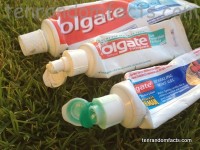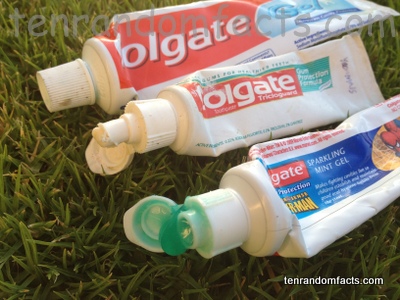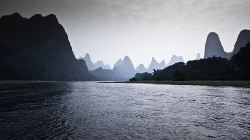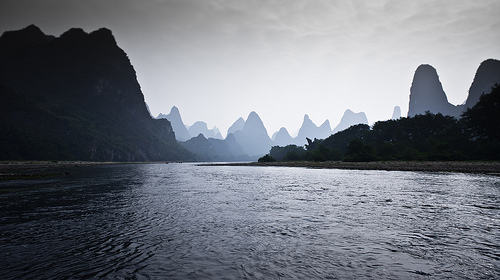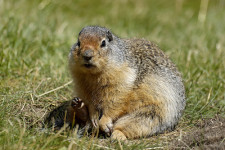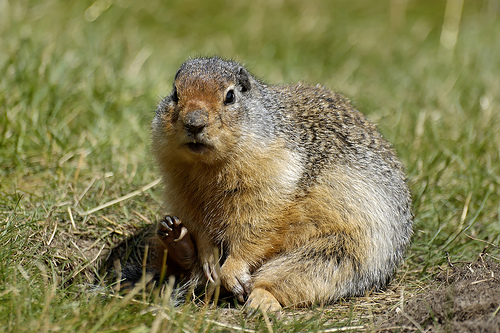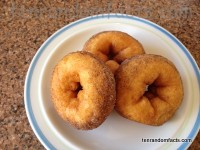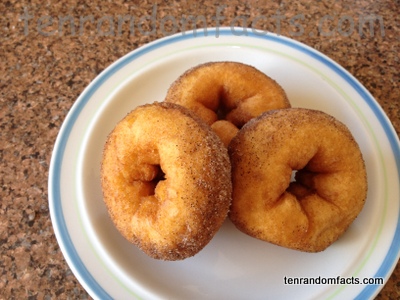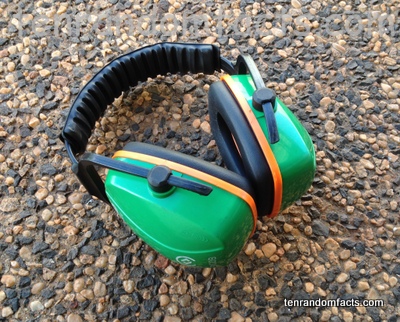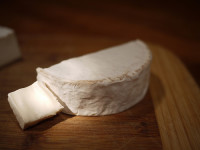
Do you prefer soft cheese, like camembert?
- Camembert is a milk based, light yellow coloured cheese, that has a sweet taste, textures of creaminess and softness, and is typically shaped as a short cylinder.
- Camembert is said to have been invented in a Normandy village of the same name, in Europe’s France, in the late 1700s by a French farmer named Marie Harel, and the cheese was a common addition to French military ration packs during World War I.
- Camembert is traditionally made of unpasteurised milk, known as ‘Camembert de Normandie’, and those with French certification are still made this way.
- The initial process for creating camembert is done by solidifying a mix of warm cow’s milk, rennet and mesophilic bacteria, and the curd is extracted and the whey is then removed.
- Camembert curd is placed in a round form, and once all the whey has been removed, the cheese is sprayed with Penicillium camemberti fungus that has been dissolved in water and is left to ripen.
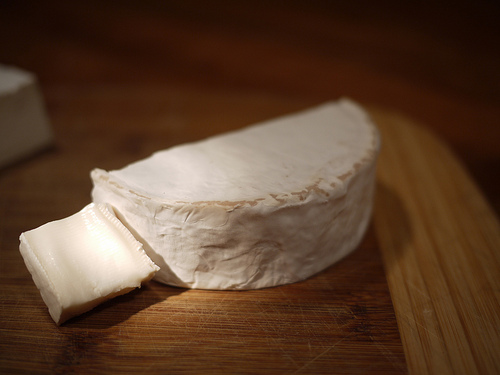 Camembert
Camembert
Image courtesy of Rebecca Siegel/Flickr
- It is a requirement by law, that three weeks minimum must pass, to allow camembert to ripen and then be packaged, and the cheese is commonly covered by a thin paper wrap or two, before being packaged and transported.
- The rind (mouldy layer) of camembert has generally been white since the 1970s, although historically it was a blue to grey colour, and was spotted brown.
- Commercial camembert is typically 10 to 11.5 centimetres (4 to 4.5 inches) in diameter, 3.2 to 3.8 centimetres (1.25 to 1.5 inches) in height and weighs approximately 200 to 250 g (7 to 8.8 ounces).
- Camembert is often confused with brie cheese, and while they are similar in texture and appearance, brie is usually much larger or sliced from a large wheel, ages slower, has a milder taste, and often uses a different substance to create the mouldy rind.
- Camembert is very high in fat, sodium, riboflavin, protein, calcium and phospherous; is high in vitamin B12, selenium, zinc, folate and vitamin A; and also contains many other vitamins and minerals.
Bibliography:
Camembert, 2012, Cheese.com, http://www.cheese.com/camembert/
Camembert, 2014, Wikipedia, http://en.wikipedia.org/wiki/Camembert
Prabhat S, Difference Between Brie and Camembert, 2009, DiferenceBetween.net, http://www.differencebetween.net/object/comparisons-of-food-items/difference-between-brie-and-camembert/




